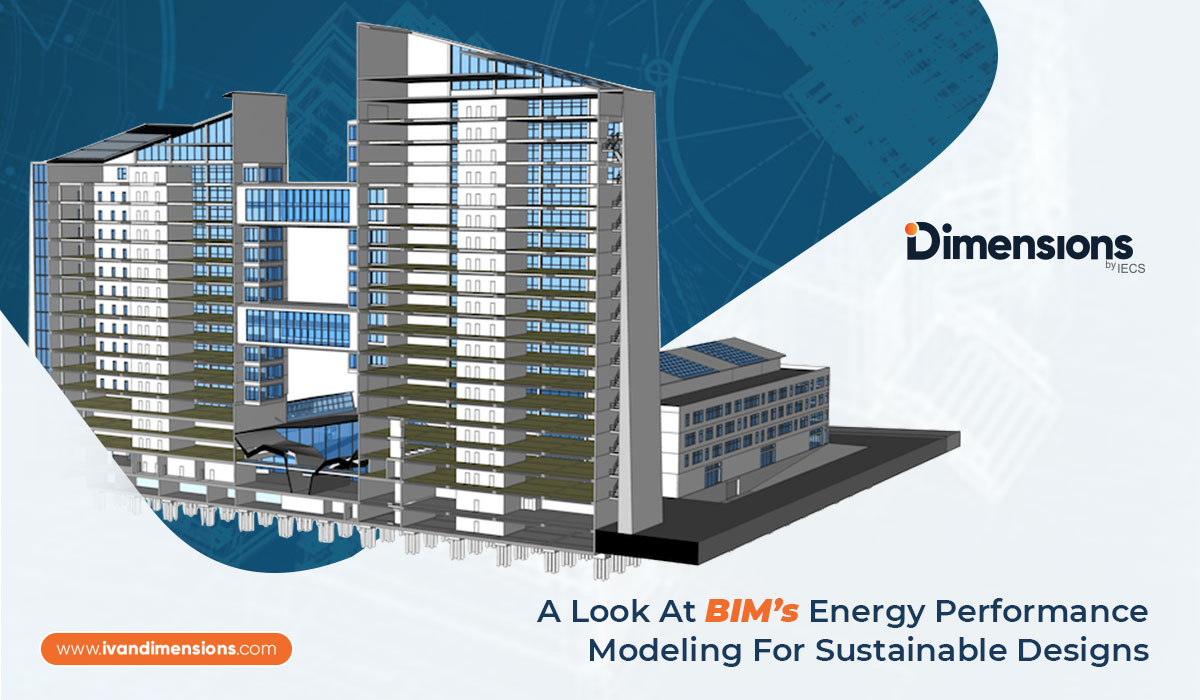Leveraging Point Cloud Services for Futuristic Construction Surveying
Laser scanning can be a valuable tool for seamlessly scanning large facilities. The accurate data offered by laser scans can be easily integrated into the BIM model. Point cloud capture of building components can offer an invaluable input towards the generation of a three-dimensional BIM model. Recent technological advancements can further augment the process of point cloud to BIM conversions. The rapid capturing of the building environment using a 3D laser scanner is a great step forward in this regard.
3D laser scanning can augment the capabilities of point cloud service providers in offering more accurate virtual design and model of the built environment. Going forward, there is a need to use smart feature detection algorithms and virtual point cloud processing for more efficient construction, design, and management of buildings.
The point cloud technology for beginners
Accurate planning and virtual intelligence are prerequisites in renovation to convert models into reality. 3D laser scanning services show to be straightforward tools for authoring object models while referencing the point cloud in the early stages of development. A point cloud is a combination of range-based scanning and photogrammetry that serves as the starting point for creating a three-dimensional model. So, a point cloud system is essentially a large collection of points in 3D space that acts as an extremely precise measuring tool.
So, a point cloud system used by point cloud services providers is essentially a large collection of points in three-dimensional space that acts as a highly accurate measurement for creating information from the point cloud. Hundreds of thousands of laser beams are fired every second, resulting in point cloud data. The resultant point cloud can generate billions of data points for BIM analysis and modeling.
The transition of point cloud to BIM
There are three phases in the Scan to BIM process as followed by point cloud services providers. These are-
Modeling of components geometry
Assigning material properties and object categories to components
Establishment of comprehensive component relationships
Laser scanners on the ground are employed as optical instruments to create geometric representations in real-time. The point cloud environment, which is made up of a collection of 3D points, accomplishes this. TLS, or Terrestrial Laser Scanning, is a device that can do numerous jobs in a short amount of time. This approach is employed in the field of cultural heritage preservation since it allows you to retain paperwork, monitor the current state of key structures, and aid in the restoration process. For future reference, all 3D models preserve numeric and qualitative data.
Aerial Laser Scanning, or ALS, may also be utilized by point cloud services providers as an automated tool for reconstructing building forms from airborne and terrestrial pictures. Because sophisticated technologies can handle massive datasets, laser scanning surveys are getting increasing momentum in the current environment for generating 3D structural models.
Sharp BIM models are possible because of BIM's compatibility with Point Cloud Laser Scanning. To guarantee that all models are constructed wisely and fulfill an optimum building purpose, point cloud data may be integrated into software such as Revit.




Comments
Post a Comment